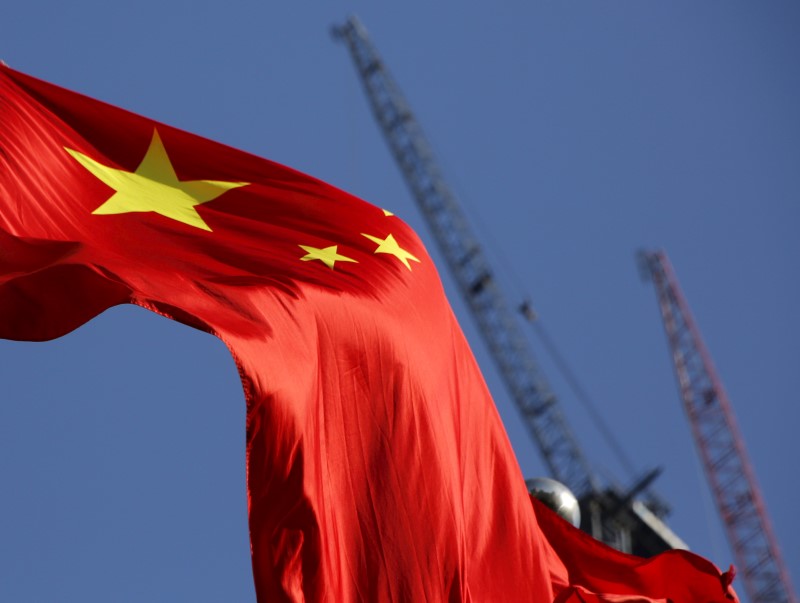By Gina Lee
Investing.com – Economic activity in China soared during the first two months of 2021, but recovery remains uneven a year after the country imposed draconian lockdowns around this time in 2020.
National Bureau of Statistics (NBS) data released earlier in the day said that industrial production grew 35.1% year-on-year in February, above the 30% growth in forecasts prepared by Investing.com and the previously recorded 7.3% growth.
Retail sales also soared 33.8% year-on-year in February, against the predicted 32% growth and the previously recorded 4.6% growth. The unemployment rate was at 5.5%, higher than the previously recorded 5.2%.
The spectacular growth rates of more than 30% for key indicators in the data are largely attributable to distortions when compared to 2020’s lockdowns. It also indicated a rebound happening at uneven rates, with strong industrial output and export demand against lagging consumer recovery.
“We must be aware that the COVID-19 pandemic is still rampaging globally and the world economy is facing severe challenges … domestically, the unbalanced recovery is still notable and the foundation for the economic recovery is not solid yet,” NBS spokeswoman Liu Aihua said in a statement.
China is the only major economy to have returned to economic growth after imposing 2020’s lockdowns as COVID-19 spread. Soaring global demand for medical goods and work-from-home devices has also given the recovery a boost.
The economy grew 2.3% in 2020 and is forecast to expand 8.4% in 2021, although the recently-ended National People’s Congress set a more modest growth goal of “above 6%.” There are also signals that the government will gradually scale back COVID-19 stimulus measures.
However, investment figures released Monday showed manufacturers still cautious and that businesses, “especially private-owned enterprises, will begin to have a stronger willingness to invest only after the recovery of their profit growth is confirmed,” China Renaissance Securities economist Bruce Pang told Bloomberg.
“Consumer demand also remains weak, with retail sales in February rising only 0.56% from the previous month, “indicating that the Lunar New Year may have had a weaker boost to national consumption than expected,” he added.
The government issued advisories not to travel during February’s Lunar New Year holidays to curb an outbreak of COVID-19 cases in the country earlier in the year. The additional manpower in what is usually the biggest travel season of the year in the country likely boosted industrial output as factories either remained open or resumed production earlier than usual. Inversely, spending on travel, restaurants, and leisure activities dropped during the holidays.
